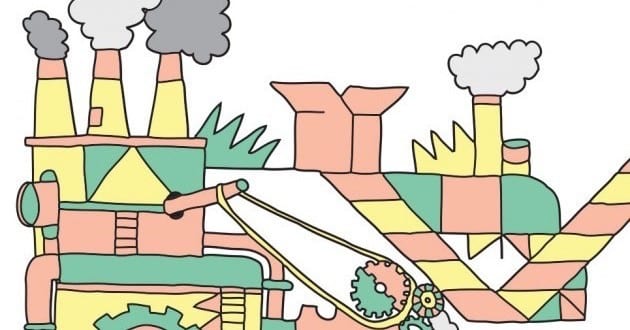With its chronic blackouts, crumbling roads, and other infrastructure woes, India should have no appeal for John Ginascol. A vice president at Abbott Laboratories (ABT), Ginascol is responsible for ensuring that the company’s food-products factories run smoothly worldwide. He can’t afford surprises when it comes to electricity, water, and other essentials. “People like me,” he says, “dream of having existing, good, reliable infrastructure.”
Yet Abbott has just opened its first plant in India, and Ginascol says there haven’t been any nightmares so far. In October the company began production at a $75 million factory in an industrial park in the western state of Gujarat. The factory is producing Similac baby formula and nutritional supplement PediaSure, which Abbott plans to sell to the growing Indian middle class. The plant will employ about 400 workers by the time it’s fully up and running next year. As for India’s infrastructure, Ginascol has no complaints. The officials in charge of the park “were able to deliver very good, very reliable power, water, natural gas, and roads,” he says. “Fundamentally, the infrastructure was in place.”

STORY: Why Factory Jobs Are Shrinking Everywhere
In an attempt to build India’s industrial base nationwide, Modi is pushing the Make in India campaign, designed to attract foreign investment by highlighting the ongoing changes. “We have to increase manufacturing and ensure that the benefits reach the youth of our nation,” Modi tweeted after the initiative’s Sept. 25 introduction. By now he’s eased restrictions on foreign investment in property projects and begun an overhaul of the railroad system.
In the year ahead the prime minister’s campaign may gain momentum, thanks to the shifting fortunes of India and its neighbor China. The Indian economy, which slumped badly in 2012 and 2013, will likely grow 6.3 percent next year, in part because of investor confidence in Modi. By 2016 the country’s growth rate of 7.2 percent will surpass China’s 7.1 percent, says CLSA senior economist Rajeev Malik.
Well before the arrival of Modi, Indian leaders had talked about promoting manufacturing. The slowdown in China, however, could make a big difference this time. China became an export powerhouse because of its vast pool of low-wage workers, but it’s no longer so cheap to manufacture there. Pinched by double-digit increases in China’s minimum wages, many companies are looking for low-cost alternatives. Southeast Asian countries such as Vietnam and Indonesia are attractive, but they lack the deep supply of workers available in India. “It’s the only country that has the scale to take up where China is leaving off,” says Frederic Neumann, a senior economist with HSBC (HSBC). Vietnam and Indonesia? “Neither one is big enough to take up the slack,” he says, leaving India with a “golden opportunity.”
STORY: In Manufacturing, the U.S. Is Surprisingly Competitive
The hourly labor cost in India for manufacturing averages 92¢, compared with $3.52 in China, according to Boston Consulting Group. But, says Anil Gupta, a professor at the University of Maryland’s Robert H. Smith School of Business, India hasn’t come close to matching China’s investments in the roads, ports, and power networks that companies want. “Lousy infrastructure essentially eats up any advantage the country may have on the labor front.”

On the diplomatic front, Modi has adroitly taken advantage of the rivalry between Japan and China: After recent meetings with Japanese Prime Minister Shinzo Abe and Chinese President Xi Jinping, he won commitments for almost $57 billion in investments in India. China pledged $20 billion, and Japan about 4 trillion yen ($35.5 billion). Much of the money will be used to build a giant industrial corridor between Delhi and Mumbai featuring high-speed trains and superhighways. The goal, University of Maryland’s Gupta says, is to turn the area into the equivalent of southern China’s Guangdong province, which built special economic zones to transform China into an exporting power. India’s leaders “have the political ducks lined up” to make that happen, he says.
 Foshan Expats Self Help Forum for Foreigners
Foshan Expats Self Help Forum for Foreigners 

